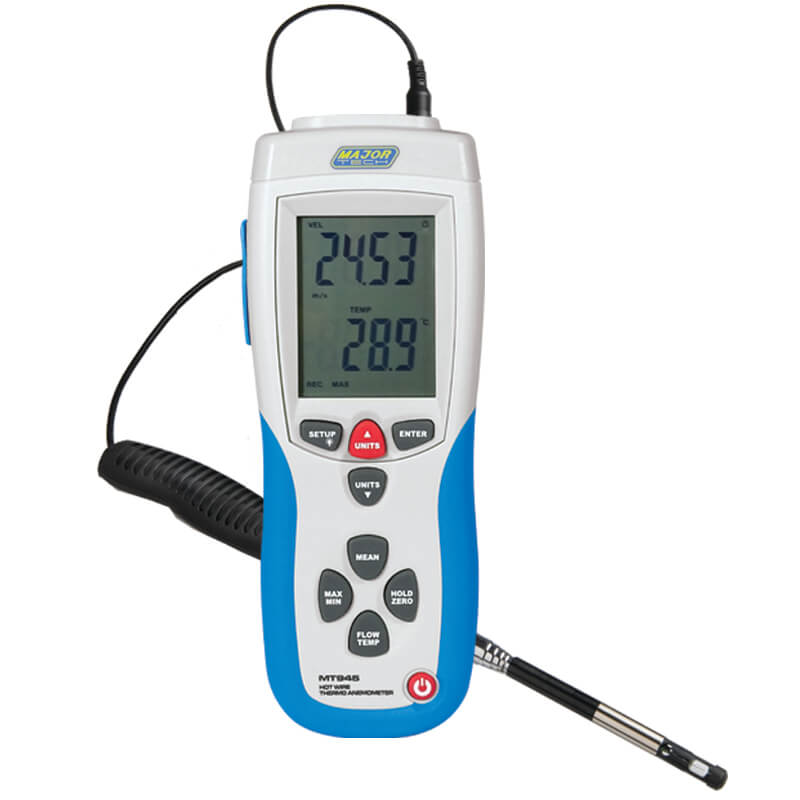Anemometers Revealed: Recognizing Their Significance in Environmental Tracking and Precaution
The role of anemometers in ecological tracking and safety actions is often underestimated, yet their value is indisputable. From meteorology to air travel security, anemometers play a vital role in giving precise information that educates decision-making procedures and enhances general security.
Background of Anemometers
The evolution of anemometers can be traced back to the old worlds where simple wind determining gadgets were very first made use of. These very early wind dimension tools laid the structure for the growth of much more innovative anemometers in time. One of the earliest well-known anemometers was the hemispherical cup anemometer designed by Leon Battista Alberti in the 15th century. This design was composed of 4 hemispherical cups that collected wind power, giving a dimension of its strength based on the rate of turning.
In the 18th century, the distinguished researcher John Thomas Romney Robinson presented the Robinson anemometer, which included four hemispherical cups mounted on horizontal arms that prolonged from a main axis. This design ended up being a requirement in atmospheric measurements because of its accuracy and dependability. For many years, advancements in innovation led to the advancement of even more contemporary anemometers, consisting of ultrasonic anemometers and laser Doppler anemometers, providing raised accuracy and performance in gauging wind rate and direction. The history of anemometers showcases an exceptional trip of innovation and progress in the field of meteorology.
Sorts Of Anemometers
Throughout the area of meteorology, various kinds of anemometers have been created to precisely measure wind speed and instructions. Sonic anemometers utilize ultrasonic signals to measure wind speed and direction precisely. Hot-wire anemometers operate based on the concept that the cooling effect of wind on a heated cord is proportional to the wind rate.
Applications in Weather Forecasting
Having talked about the different sorts of anemometers utilized in weather forecasting for measuring wind speed and direction, it is essential to discover their sensible applications in the area. Anemometers play an important function in meteorology by supplying real-time and exact information on wind problems (anemometer). Meteorologists utilize anemometers to keep track of wind speed and direction to forecast weather condition patterns, issue warnings for severe weather occasions like storms, tornadoes, and hurricanes, and assess atmospheric conditions for aviation safety and security
In weather forecasting, anemometers aid in comprehending regional and local wind patterns, which are essential for predicting weather adjustments and identifying climatic trends. These tools are additionally utilized in research to research microclimates, city warm islands, and air pollution diffusion. Furthermore, he said anemometers are utilized in Bonuses agriculture to enhance crop monitoring methods, such as watering and chemical application, based on wind problems.
Value in Air Travel Safety
An integral facet of making sure aviation safety and security lies in the thorough surveillance of wind conditions making use of anemometers. Anemometers play an important function in aviation by providing real-time data on wind speed and instructions, aiding pilots in making notified decisions throughout trip, take-off, and touchdown. Uncertain and strong winds can significantly affect aircraft operations, making it vital for aeronautics authorities to depend on accurate wind dimensions to guarantee the safety of travelers and staff.

In the dynamic atmosphere of aviation, where even minor adjustments in wind speed and instructions can have profound impacts, anemometers stand as crucial devices for advertising safe and safe flight.
Duty in Environmental Research
Exactly how do anemometers add to advancements in environmental study? Anemometers play a critical role in ecological study by offering important information on wind speed and direction. This details is essential for comprehending various atmospheric processes, such as air contamination dispersion, weather patterns, and climate modification. By properly gauging wind qualities, anemometers assist scientists analyze the movement of contaminants in the air, evaluate the influence of industrial discharges, and anticipate the spread of pollutants in the setting.


Verdict
In conclusion, click here for more anemometers have actually played an important role in environmental monitoring and security procedures. Comprehending the relevance of anemometers is vital for accurately measuring wind rate and instructions, which is important for anticipating climate patterns, guaranteeing risk-free aviation procedures, and conducting ecological research studies.
One of the earliest well-known anemometers was the hemispherical mug anemometer designed by Leon Battista Alberti in the 15th century. Over the years, improvements in modern technology led to the development of even more modern anemometers, consisting of ultrasonic anemometers and laser Doppler anemometers, offering enhanced precision and effectiveness in gauging wind rate and direction. Hot-wire anemometers run based on the principle that the cooling effect of wind on a heated cord is proportional to the wind rate. Meteorologists utilize anemometers to check wind rate and direction to anticipate weather condition patterns, problem cautions for serious weather occasions like storms, hurricanes, and twisters, and examine atmospheric conditions for aeronautics safety.
Recognizing the significance of anemometers is vital for accurately measuring wind speed and instructions, which is essential for forecasting weather condition patterns, guaranteeing risk-free aeronautics operations, and carrying out ecological research studies. (anemometer)
 Scott Baio Then & Now!
Scott Baio Then & Now! Amanda Bynes Then & Now!
Amanda Bynes Then & Now! Marques Houston Then & Now!
Marques Houston Then & Now! Julia Stiles Then & Now!
Julia Stiles Then & Now! Earvin Johnson III Then & Now!
Earvin Johnson III Then & Now!